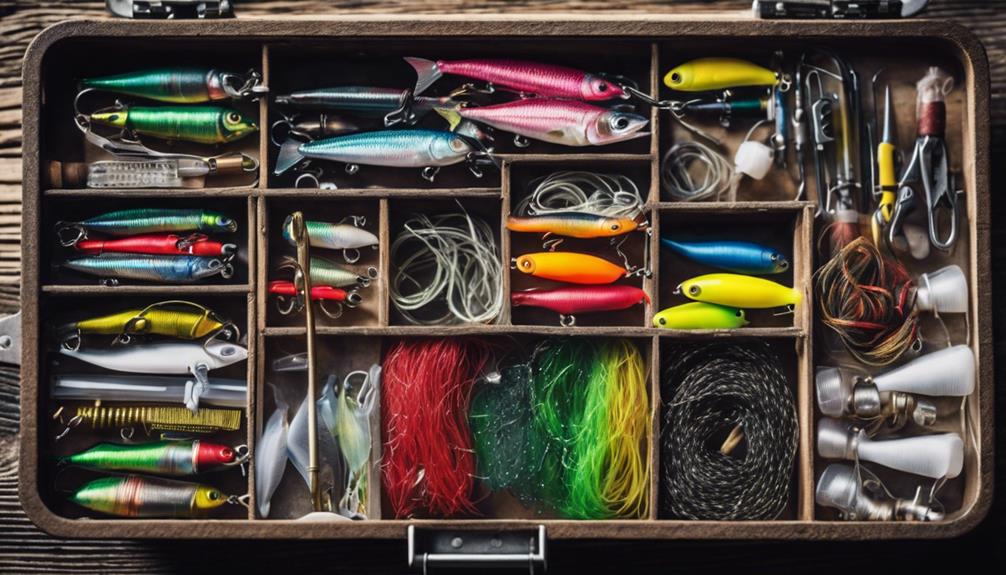Fishing is not just a hobby; it is a way of life for many. Whether you are planning a weekend getaway or looking to feed your family, knowing how to get fish is essential. This blog post will provide you with a detailed guide on various methods, tips, and techniques to help you successfully catch fish. From understanding different fishing techniques to the best gear, we’ve got you covered.
Understanding the Basics of Fishing
Before diving into the specifics of how to get fish, it’s crucial to understand the fundamentals. Fishing involves catching fish for food or recreation, and it can be done in freshwater or saltwater environments. The first step in your fishing journey is to familiarize yourself with the types of fish that inhabit your chosen waters. Each species has specific habitats, feeding habits, and peak activity times, which can significantly impact your success rate. Additionally, it’s important to check local fishing regulations, as many areas require fishing licenses and have specific rules regarding catch limits and protected species.
Choosing the Right Fishing Gear
The right equipment is essential when learning how to get fish. Your fishing gear typically includes a rod, reel, line, hooks, and bait. The type of gear you choose will depend on the species you are targeting and the water conditions. For beginners, a spinning rod and reel combo is a great choice due to its versatility and ease of use. When it comes to bait, live bait like worms or minnows is often more effective, but artificial lures can also yield great results. Always remember to match your hook size to the target fish species, as this can make a significant difference in your catch rate.
Selecting the Best Fishing Locations
Knowing where to fish is just as important as knowing how to get fish. Research local fishing spots such as lakes, rivers, or coastal areas that are known for their fish populations. Online resources, local fishing forums, and social media groups can provide valuable insights into the best locations. When scouting a fishing site, look for signs of fish activity, such as jumping fish, ripples, and birds diving into the water. These indicators often suggest that fish are nearby and ready to bite. Additionally, consider the time of day; early mornings and late afternoons are typically the best times to fish.
Understanding Fish Behavior and Feeding Patterns
To effectively learn how to get fish, it’s vital to understand fish behavior and feeding patterns. Fish are cold-blooded creatures, meaning their activity levels are influenced by water temperature. During warmer months, fish tend to be more active and feed more aggressively. Understanding the specific feeding habits of different species can also improve your chances of a successful catch. For instance, some fish are bottom feeders while others prefer to hunt near the surface. Tailoring your fishing approach based on these habits will enhance your experience and results.
Mastering Different Fishing Techniques
There are various fishing techniques that you can master to improve your skills in how to get fish. Some popular methods include:
1. Bait Fishing: This technique involves using live or artificial bait to attract fish. It’s straightforward and ideal for beginners.
2. Fly Fishing: A more advanced technique that mimics the movement of insects on the water’s surface, fly fishing requires skill and practice but can be very rewarding.
3. Trolling: This involves pulling a baited line through the water behind a moving boat. It’s effective for catching species like trout and salmon.
4. Casting: Casting is a fundamental technique where you throw your baited line into the water, allowing it to sink and attract fish.
Each technique has its unique challenges and rewards, so it’s worth experimenting to find what works best for you.
The Importance of Patience and Persistence
One of the most critical aspects of learning how to get fish is developing patience and persistence. Fishing is often about waiting for the right moment, and it can sometimes take hours or even days to get a bite. Don’t be discouraged by slow days; instead, view each outing as an opportunity to learn and improve your skills. Keeping a fishing journal can help you track your progress, noting which locations, times, and techniques yielded the best results. This information can prove invaluable for future fishing trips.
Cleaning and Preparing Your Fish
Once you’ve successfully learned how to get fish, the next step is knowing how to clean and prepare your catch. Proper cleaning is crucial for ensuring the freshness and quality of your fish. Start by removing the fish from your catch and placing it on a clean surface. Use a sharp knife to cut behind the gills and down to the belly, then remove the innards. Rinse the fish thoroughly in cold water. If you plan to cook your catch, consider different preparation methods such as grilling, frying, or baking. Each method brings out unique flavors and textures, allowing you to enjoy your hard-earned meal.
Final Thoughts on How to Get Fish
Learning how to get fish is an enjoyable and rewarding experience that can lead to countless memorable moments. Whether you fish for leisure or to provide food for your family, understanding the various techniques, locations, and fish behavior will enhance your fishing adventures. Remember to stay patient, keep practicing, and most importantly, enjoy the great outdoors. Happy fishing!
By following these tips and insights, you’ll be well on your way to mastering the art of fishing. Don’t forget to share your experiences and successes with fellow anglers; after all, fishing is not just about the catch, but the camaraderie and memories made along the way.
